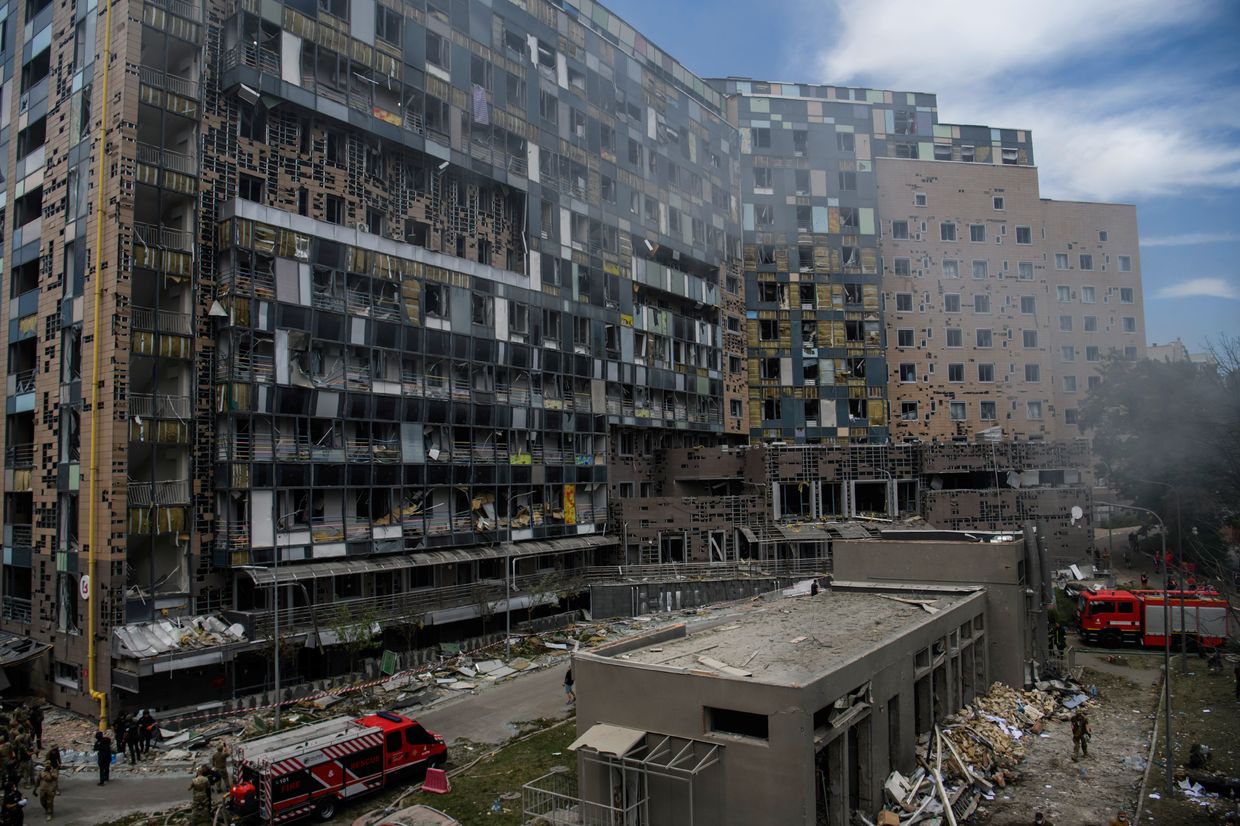When Rep. Tom Malinowski (D-Ringoes) conceded in the 7th Congressional District against incumbent Tom Keen Jr. (R-Westfield) two weeks ago, he identified the obvious culprit in his loss: New Jersey’s new congressional map.
“Even though in the communities I’ve represented for the last four years we’ve had the same or better results than in 2020, and I expect the results to be tighter as all the votes are counted, the new constituency turned out to be too difficult to overcome,” said Malinovsky. said in his Nov. 9 concession. (He ended up losing by three points.)
On the night of the elections, Malinovsky was there even more obvious: “There is no doubt that we will win the original district.”
Indeed, the congressional line drawn by Democrats on the Congressional Reapportionment Commission was the biggest obstacle to Malinowski winning a third term. To support other House Democrats, 7th District was saddled with many additional areas leaning Republican, reducing President Joe Biden’s margin in the district from 10 points to just four.
But is Malinowski correct in saying that he would have won if his district had remained the same?
While it’s impossible to know for sure, comparing Malinowski’s performances at the city level in 2020 and 2022 (using detailed data that has only recently become available), we can make a guess. And under that assumption, the answer is: Malinowski would win re-election in New Jersey’s old district lines.
Two years ago, when Keane first faced Malinowski, the race for the 7th District was the closest in New Jersey; Malinowski’s 50.6%-49.4% victory was nine points less than Biden’s. This year Keane won 51.5%-48.5%.
 It is not possible to directly compare the two results because the district was redrawn. But 62 towns, or about two-thirds of the district’s population, were entirely in both the old and the new district, and this there is you can compare the results specifically in these cities.
It is not possible to directly compare the two results because the district was redrawn. But 62 towns, or about two-thirds of the district’s population, were entirely in both the old and the new district, and this there is you can compare the results specifically in these cities.
In 2020, after losing by 1.2 points overall, Keane won that set of cities by 5.3 points.
This year, however, Keane won the same cities by a margin of 2.9 points, more than two points worse than in 2020. Had the 7th District remained the same, it would have given Malinowski a healthy 3.6-point victory.
It’s technically possible that Malinowski could have been underpowered in the exact cities that were taken out of the district, but there’s no reason to believe that’s the case.
In other words, Malinowski met or exceeded the numbers he needed to win the old 7th District, and what sank him were changes made by members of his own party to the county commission.
Given the landslide victories of neighboring Reps. Josh Gottheimer (D-Wyckoff) and Micky Sherrill (D-Montclair) in districts the commission made bluer, there was heartburn among Democrats that Malinowski’s sacrifice was in vain.
If the 7th District had remained roughly the same, and the heavily Republican counties of Warren and Sussex had been included in the 5th and 11th instead, Malinowski might have won. Since Democrats won the 5th District by 10 points and the 11th District by 19 points, such a shift would also not endanger the incumbents.
And such a change would have an exciting effect on the race as a whole. Had Malinowski run in a more favorable district, national Democratic groups likely would have viewed his race as more worthy of investment; from the start, redder district lines created a narrative that Malinowski would lose, and the congressman was never able to fully convince his party otherwise.
(One caveat is that the map, which protected all vulnerable Democratic incumbents, might not have passed muster with John Wallace’s redistricting commission, which seemed to for the Democrats but may have given up on a too rigged card.)
Despite everything, the hypothetical did not happen. What happened was that the congressional map was approved, Malinowski lost, and Keane became the congressman-elect. And not only that: Keane performed roughly seven points better than Donald Trump did two years ago, one of the largest showings in the state.
But it won’t be easy for Keene to hold the 7th District in the years to come, even with its new, more Republican lines.
 At the center of the 7th District are affluent suburbs that have begun to drift away from Republicans in the Trump era. And it’s in those suburbs that Malinowski did better than in 2020, indicating that Keane can’t count on incumbent Republicans splitting their tickets for him.
At the center of the 7th District are affluent suburbs that have begun to drift away from Republicans in the Trump era. And it’s in those suburbs that Malinowski did better than in 2020, indicating that Keane can’t count on incumbent Republicans splitting their tickets for him.
Malinowski did four to eight points better than he did in 2020 in Berkeley Heights, Mountainside, New Providence, Springfield and Summit, the five Union County suburbs Keane previously represented in the state legislature. In Keene’s hometown of Westfield, Malinowski went a staggering 12 points better than he did in 2020, winning by 28 points.
Malinowski and disenchanted Democrats will likely spend the next two years challenging the redistricting commission’s decision to make the 7th District more Republican, arguing that it was the deciding factor in Malinowski’s defeat.
And they will be right. It’s impossible to interpret the city-level data in a way that doesn’t point to a likely Malinowski victory in the old 7th District. That doesn’t detract from Keane’s victory, but it does mean he won’t be able to rest easy for the next two years; there are still many contests ahead in the 7th District.











